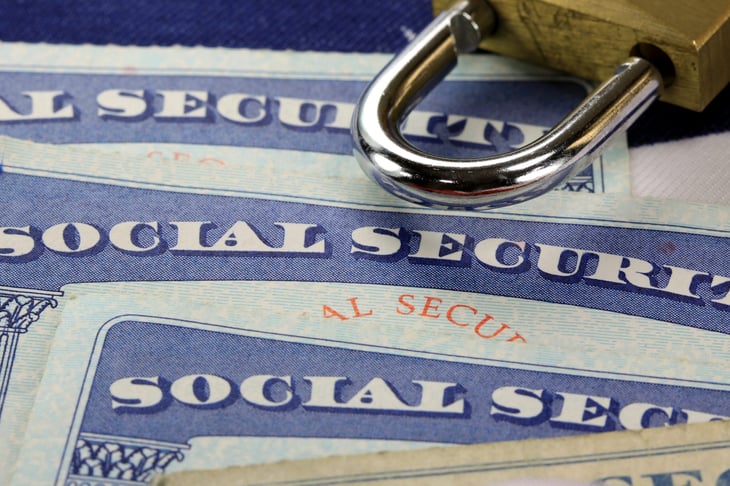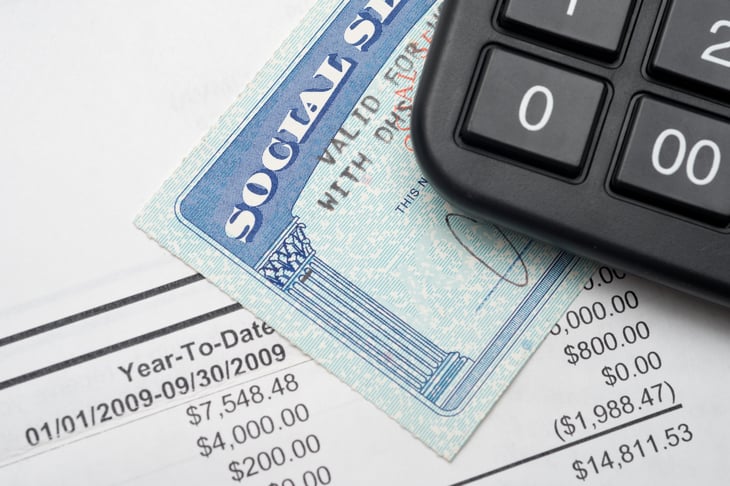
Navigating the loss of a loved one is never easy, emotionally or bureaucratically. And it makes receiving Social Security, a complicated subject to begin with, that much worse.
Widows, widowers and dependents may rely on Social Security to bridge the gap in income lost through the death of their loved one. And it can certainly make a big difference — as the Social Security Administration says, “the value of the survivors benefits you have under us is probably more than the value of your individual life insurance.”
However, you’ll have to learn how and when you are eligible for survivors benefits and how much they might be. Following is a look at how survivors benefits work in various likely scenarios, based on the point of view of the person who passed away.
If you are married

Provided you earn the work credits necessary for a Social Security benefit — which typically require 10 working years or less, depending on your age — your widow or widower could be eligible for 100% of your basic monthly benefits at full retirement age. Reduced benefits are available sooner, as early as age 60. And if a widow or widower has a qualifying disability, reduced payments could begin as early as age 50.
The spouse will need Form SSA-10.
Regardless of age, a surviving spouse who is living with you would be able to receive a $255 lump sum death payment by applying for it within two years of your passing.
If you’ve ever been divorced

If you were once married to someone for at least 10 years, they may be able to get 100% of your benefit amount at their full retirement age. Reduced benefits are available starting at age 60 (or 50 if they are disabled), assuming they haven’t remarried before then.
If they are raising your child who is younger than age 16, the length-of-marriage rule may not apply, and they may be eligible for 75% of your benefit amount.
As with a still-married spouse, the necessary form is SSA-10.
If you have minor children

Your children younger than age 18 (if they’re not married) can receive benefits of up to 75% of your benefit amount. These benefits can be extended to age 19 for students attending elementary or secondary school full time.
Children may also be eligible for the one-time death payment that would normally go to a surviving spouse if there isn’t one.
Children’s benefits require Form SSA-4.
If you have adult children

If your child is recognized to have had a disability before age 22, that child as an adult can receive the same benefits as minor children.
Child benefits require Form SSA-4 as well as SSA-3368 and SSA-827. These document the disability and give permission for medical records to be disclosed, respectively.
If you have dependent parents

If you have dependent parents, meaning they rely on you for at least half of their support, they can receive benefits if they are at least age 62 when you die. They may lose that benefit if they remarry, or become entitled to a higher benefit some other way.
“One parent may receive 82.5% of the deceased worker’s full retirement or disability benefit. If there are two parents who will receive benefits, each may receive 75%,” the SSA says.
Parent’s benefits require Form SSA-7.
If none of the aforementioned applies

Under certain circumstances, benefits worth 75% of your benefit may be available for stepchildren, grandchildren, step-grandchildren, or adopted children.
Otherwise, you may take comfort in knowing the Social Security taxes you paid still ultimately go to helping others that need it, even though nobody will receive benefits based on your earnings record.
If you were already receiving Social Security

Any benefits you are sent in the month of your death or after must be returned to the Social Security Administration. (Family members eligible for survivors benefits can still receive them; they just can’t keep yours.)
If your spouse was already receiving benefits through your earnings record, the SSA should automatically convert their benefits to survivors benefits once the death is reported.
If they are receiving benefits based on their own work, they will still need to apply and let the SSA determine which benefit is higher — the current one or a survivors benefit.
Maximum family benefits

While it’s possible for multiple people to receive survivors benefits based on your earnings record, there is a hard limit to what the SSA will pay out in total each month: It’s somewhere between 150% and 180% of your benefit amount.





Add a Comment
Our Policy: We welcome relevant and respectful comments in order to foster healthy and informative discussions. All other comments may be removed. Comments with links are automatically held for moderation.